SakenowaRecord your sake experiences and discover your favorites
産土Ubusuna
Flavor Chart®
A chart created from flavor analysis of user comments.

Flavor Tags ®
Tags generated from flavor analysis of user comments.

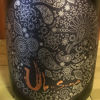


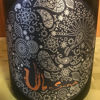
Popular Comments
The aroma is subtle, the mouthfeel is mellow and umami...with a sweet aftertaste and just the right amount of sweet and sour...enjoy the rich rice flavor...no wonder it's so popular...it's delicious...I didn't want to keep it for the next day, so I drank it all with my wife...pike conger eel! Tempura and raw bonito...we had a little bit of each!
Japanese>English
The cork "popped" when I opened the bottle, but not enough to blow out,
It was a relief that it didn't blow out.
It was slightly effervescent and refreshingly sweet,
The alcohol content is low at 13 degrees,
It is very easy to drink.
Japanese>English
Thin aroma of green apple peel.
Strong effervescence, slight wooden barrels, rice flavor, a hint of acidity that seems to disappear. The level is high. When drinking it again, there is a bitter taste in the mouth.
The second day. The bubbles become finer and the acidity and sweetness expand. It looks like Shinsei. The first day was also like Shinsei.
Japanese>English
Brands from Hananoka Shuzo
Similar Brands
We analyze the flavors based on everyone's comments and select similar brands.
Kaze no MoriSimilar Characteristics
SawayamatsumotoSimilar Characteristics
SakuyabiSimilar Characteristics
MiyanomatsuSimilar Characteristics
Location
2226-2 Nishiyoshiji, Nagomi, Tamana-gun, KumamotoOpen in Google Maps
Related Articles
“真の地酒”がもつ「産土(うぶすな)」の哲学が人間と自然の未来をつくる—花の香酒造(熊本県)が新ブランドで示した覚悟 | 日本酒専門WEBメディア「SAKETIMES」
 2021年12月、熊本県の花の香酒造が新ブランド「産土(うぶすな)」をリリースしました。 代表の神田清隆さんはSAKETIMES | 日本酒をもっと知りたくなるWEBメディア
2021年12月、熊本県の花の香酒造が新ブランド「産土(うぶすな)」をリリースしました。 代表の神田清隆さんはSAKETIMES | 日本酒をもっと知りたくなるWEBメディア九州豪雨で浸水被害を受けた花の香酒造(熊本県)と八鹿酒造(大分県)を飲んで応援しよう! | 日本酒専門WEBメディア「SAKETIMES」
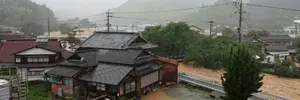 2020年7月3日から数日間、熊本県を中心に九州や中部地方を襲った記録的な豪雨は、河川の氾濫や土砂災害を引き起SAKETIMES | 日本酒をもっと知りたくなるWEBメディア
2020年7月3日から数日間、熊本県を中心に九州や中部地方を襲った記録的な豪雨は、河川の氾濫や土砂災害を引き起SAKETIMES | 日本酒をもっと知りたくなるWEBメディア「『産土』全6種飲み比べフェア」が、五反田・創作和食店「月。」にて、5/7(火)より数量限定で開催中 | 日本酒専門WEBメディア「SAKETIMES」
 創作和食店「月。」(東京都品川区)は、花の香酒造株式会社(熊本県和水町)が造る日本酒「産土(うぶすな)」を飲みSAKETIMES | 日本酒をもっと知りたくなるWEBメディア
創作和食店「月。」(東京都品川区)は、花の香酒造株式会社(熊本県和水町)が造る日本酒「産土(うぶすな)」を飲みSAKETIMES | 日本酒をもっと知りたくなるWEBメディアTimeline
Ubusuna2024山田錦ニ農醸
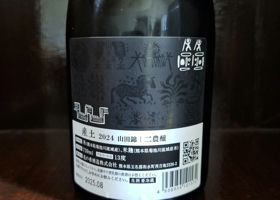
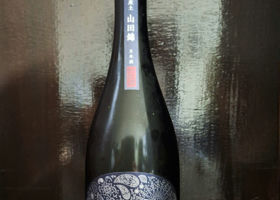

くちばし
It is light and delicate, with a gentle sweetness like that of grated apple.
The more you drink, the more your heart will be relaxed, and this is a bottle that is "too good to be true.
Japanese>English

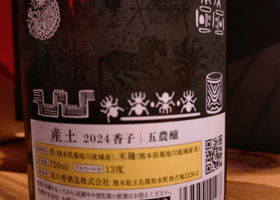
akikoda3
San-do Kako Kabashiko Roku-no Kozo
Rating 4.4-4.5
Ingredients : Kako, Polishing ratio : undisclosed, Basic Agricultural Regulations : Rice grown in the Kikuchi River basin / No pesticides / No fertilizers / Kimoto / Wooden vat, Alcohol content : 13%.
The native "Higo Kako" rice, which took three years to revive, has a high aroma of rice, as its name suggests, and when steamed, the noble aroma wafts into the neighborhood. This is truly a one-of-a-kind sake, with the characteristic of rice aroma rather than yeast-derived aroma producing a lingering flavor that makes you want to pursue food pairings that have never been possible before.
Basically, fresh and juicy.
Delicious. The greenish smell typical of nama-shu and the languidness of the convergence are disappointing.
Japanese>English

なす
I have come across an extraordinary gem 🍶.
Japanese>English
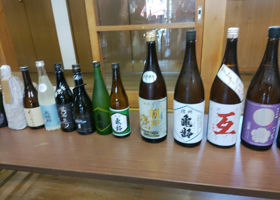
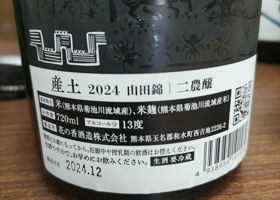

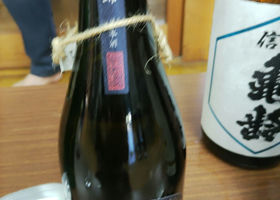
坊や哲
After harvesting Hitogokochi rice in Shinshu Sanada, Tozawa area, we had a sake party at Tozawa community center 😅.
The lineup of the fierce people who brought their own sake was amazing 😁 This is really not earth 😅.
I want to go to Kumamoto and Kurokawa Onsen again 😌.
Japanese>English
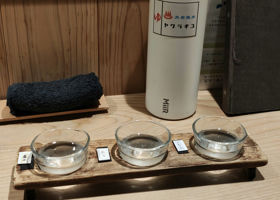
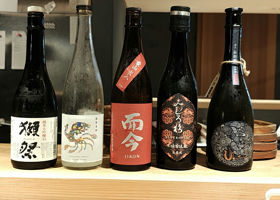
まかろに
A drink to love.
Japanese>English
Ubusuna2024山田錦 二農釀
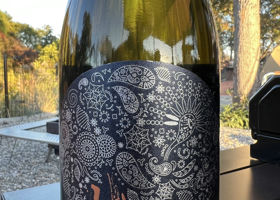
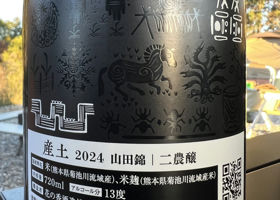
Ubusuna2024山田錦 二農釀
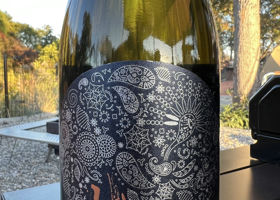
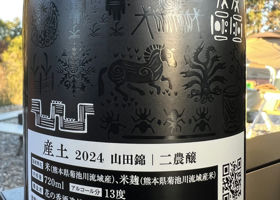
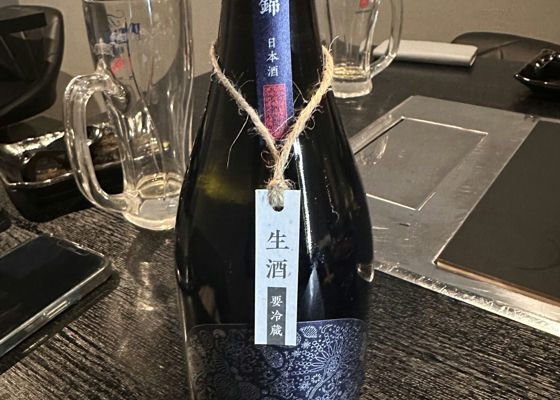
Ubusuna2024山田錦七農醸
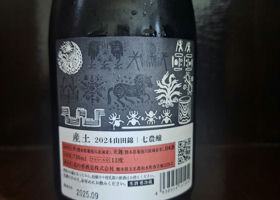
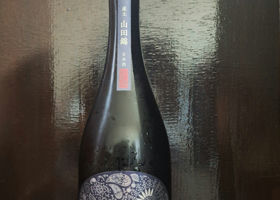
Ubusuna2024山田錦 六農醸
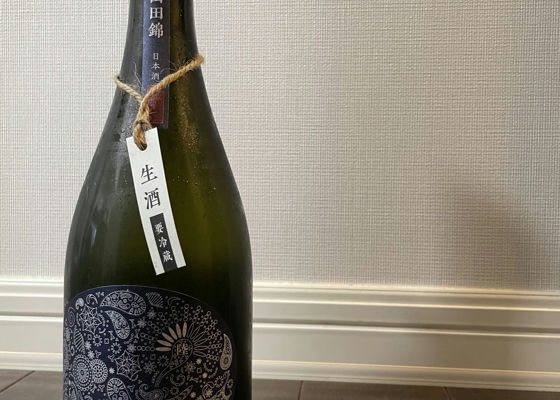
Ubusuna香子×山田錦琨醸2023
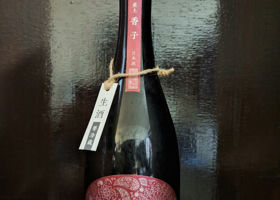
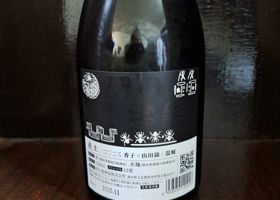
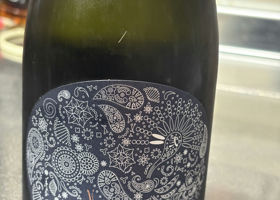
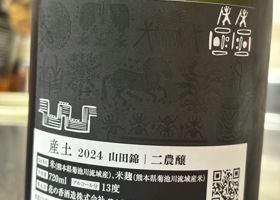
シュエット
We received this from someone from Fukuoka.
It is a very hard to find sake in Fukushima, so I kept it in the fridge for a while ✨.
This bottle is brewed with Yamadanishiki from the town of Wasui, which has its own philosophy based on the ancient Japanese word "sansuchi," which means "land of birth" or "god of the land.
The moment you drink it, you will be struck by the aroma of green apple and muscat fruits, rice powder-like grains, and yogurt-like aroma. The sweetness of the Yamadanishiki is fully extracted, yet the slightly elevated gasiness is in perfect harmony with the fresh and light flavor.
Japanese>English
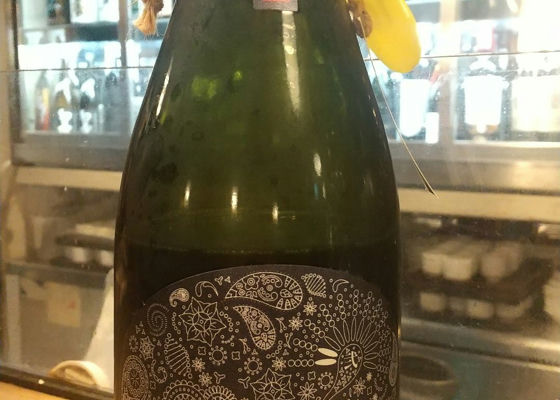
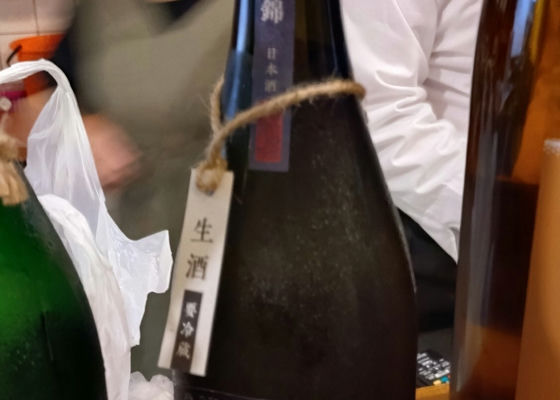
ぜよみ
Yamada-Nishiki Dry, refreshing, delicious
Inamasu: Yamadanishiki seems to be the main variety grown in Kumamoto.
Japanese>English
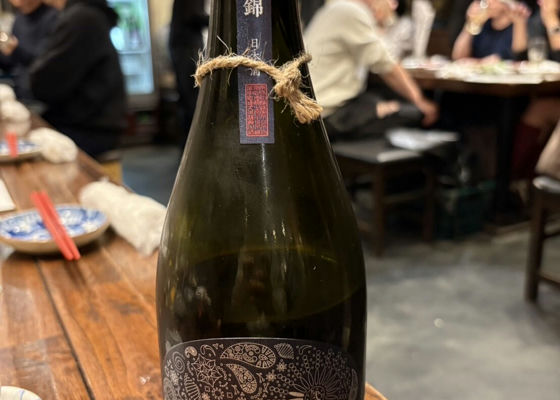

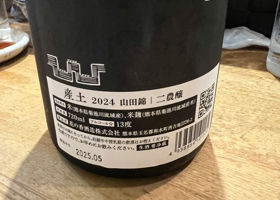

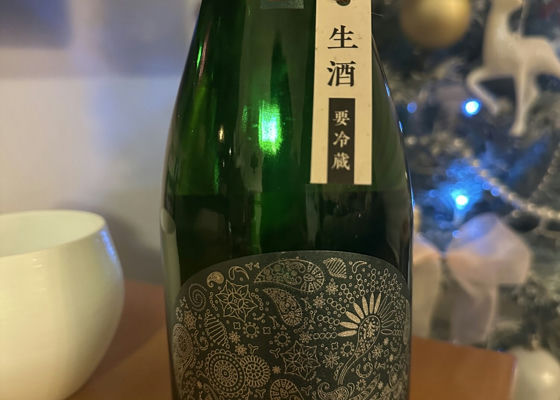
taka9
The acidity and umami spread to the palate in a flash. This is delicious, as always. I wish I could find it in more stores.
Japanese>English

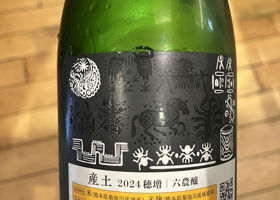
um
Alcohol content: 13%.
HOMASA
Rice polishing ratio: undisclosed
On this day, we were able to compare sakes.
Roku-no-brew" refers to sake brewed under the six regulations shown below.
The more "Roku-no-brew" there are, the rarer the sake becomes.
Hozu: Hozu produced in the Kikuchi River basin
Nou-nou brewing
Wooden Oke Brewing
No fertilizer
No fertilizers, No pesticides
No yeast added
There was a slight lactic acidity drink feeling and a little bit of thickening.
The sake-producing regions not only differ in their sake rice, but they all have their own unique characteristics and are delicious.
Japanese>English